
Saints of the first centuries



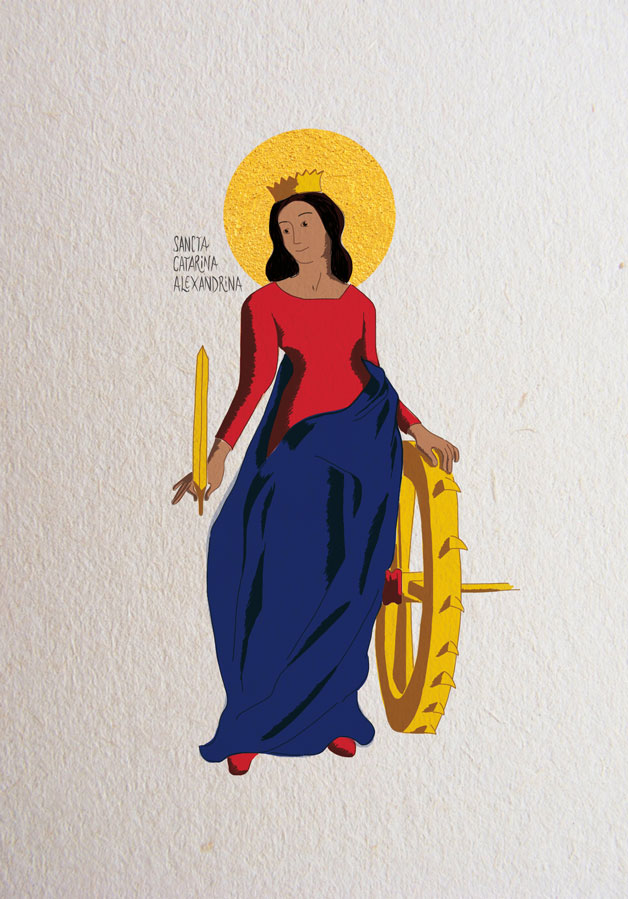
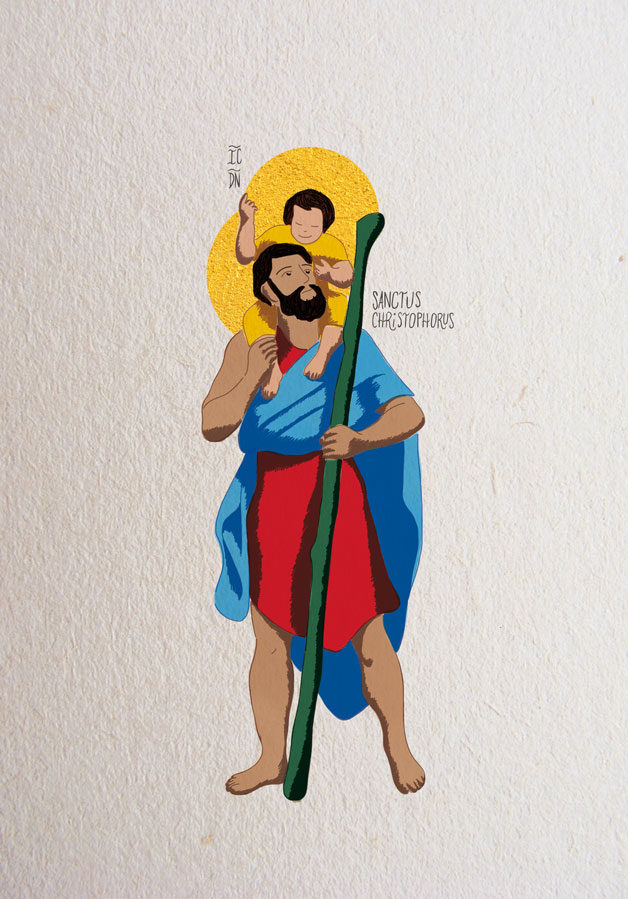
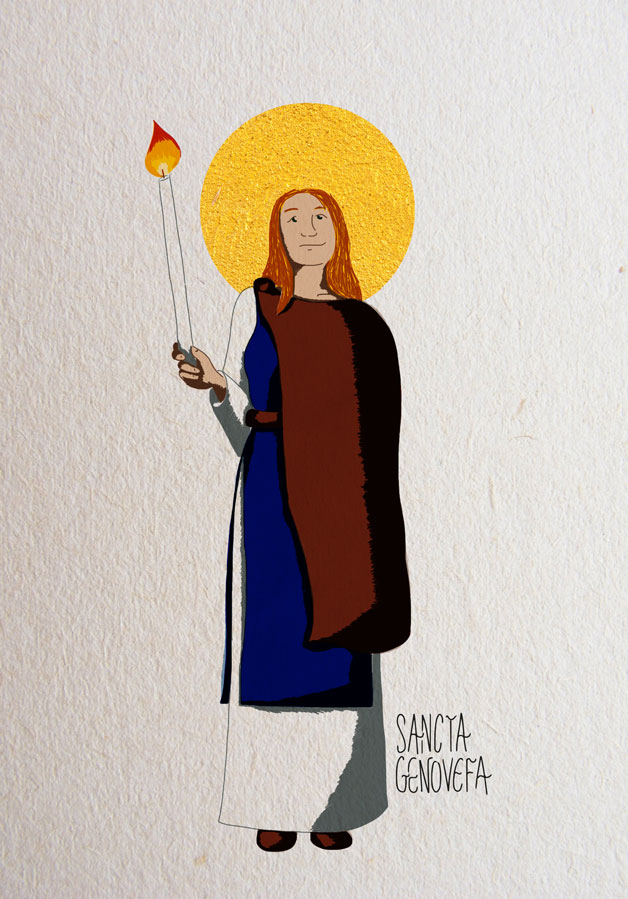
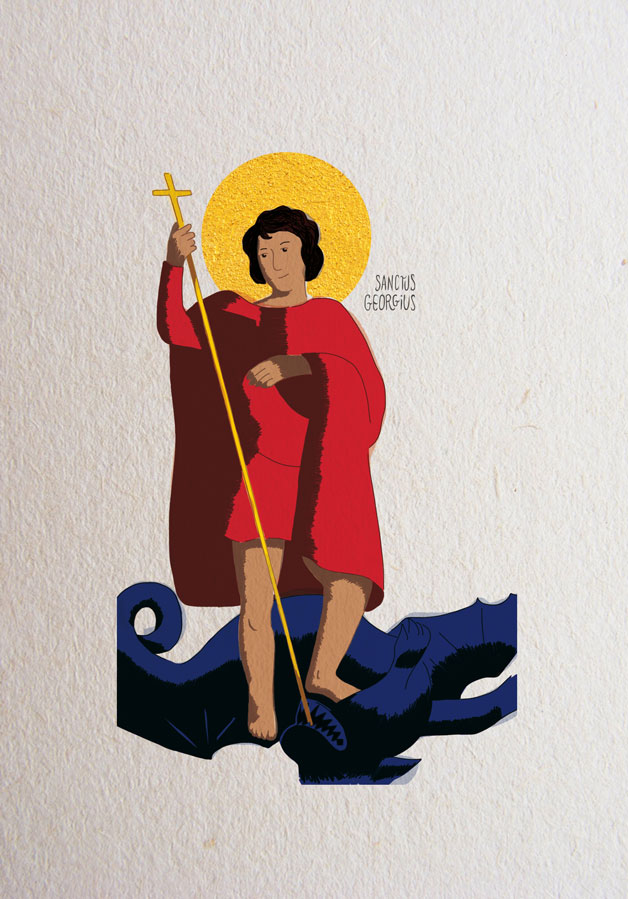
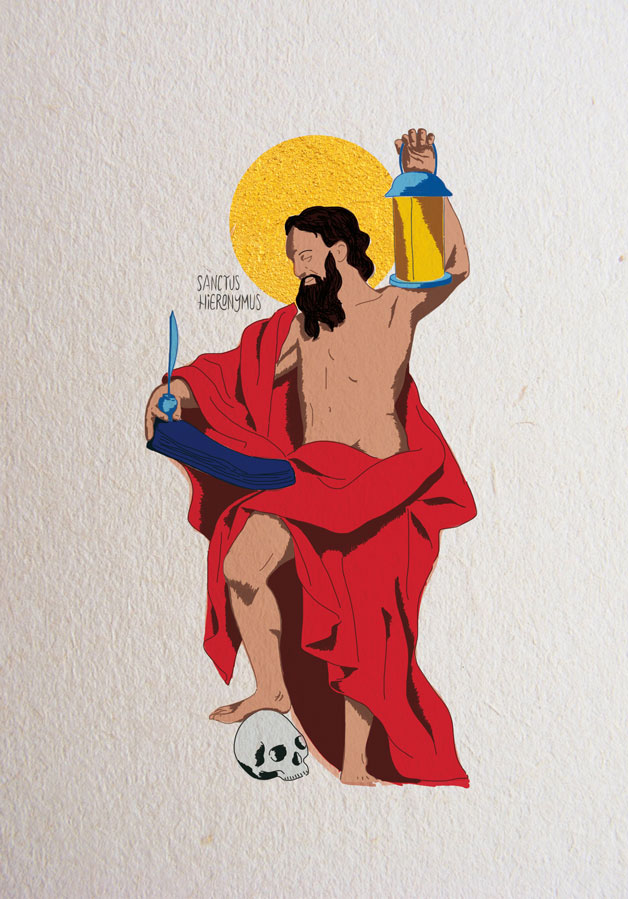
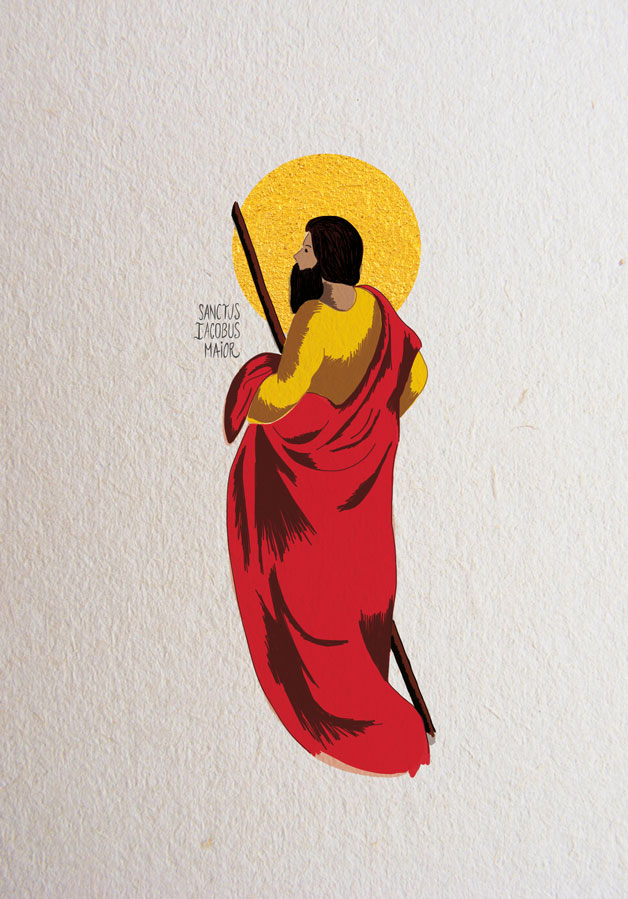
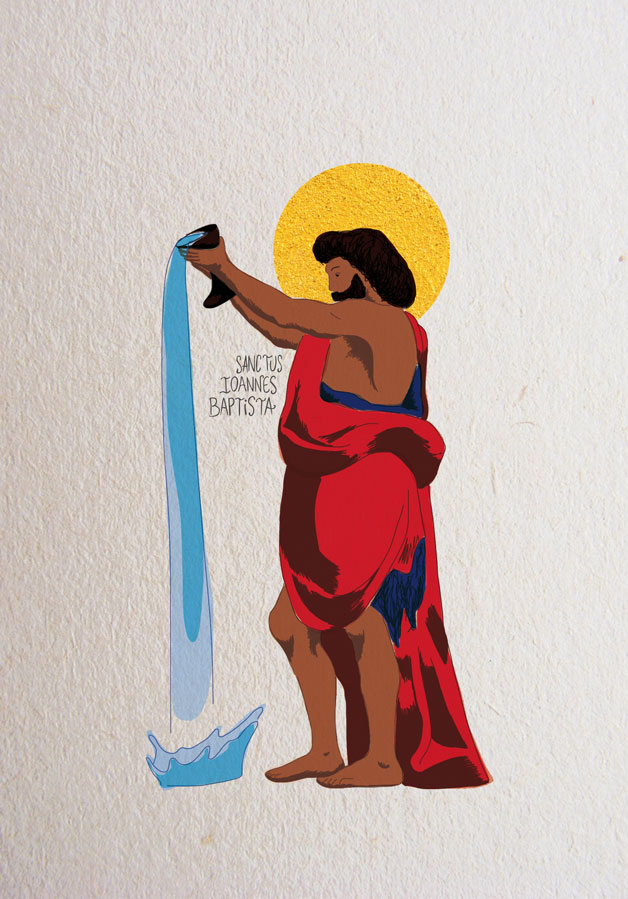

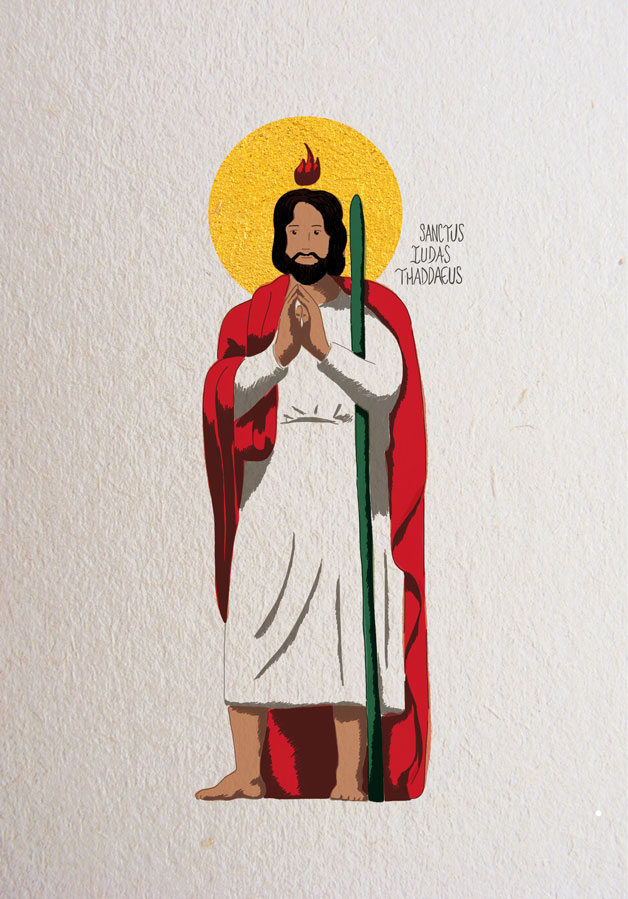
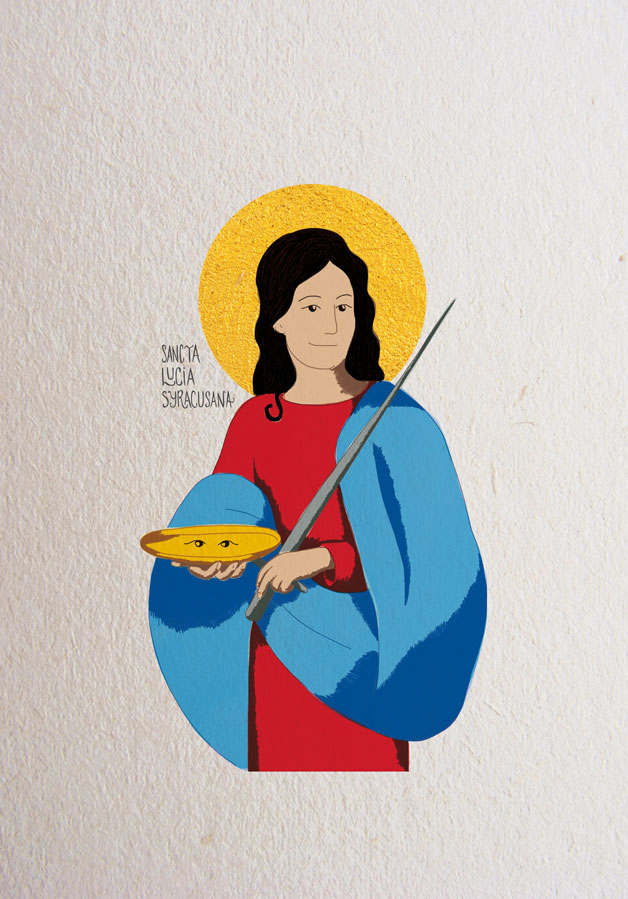
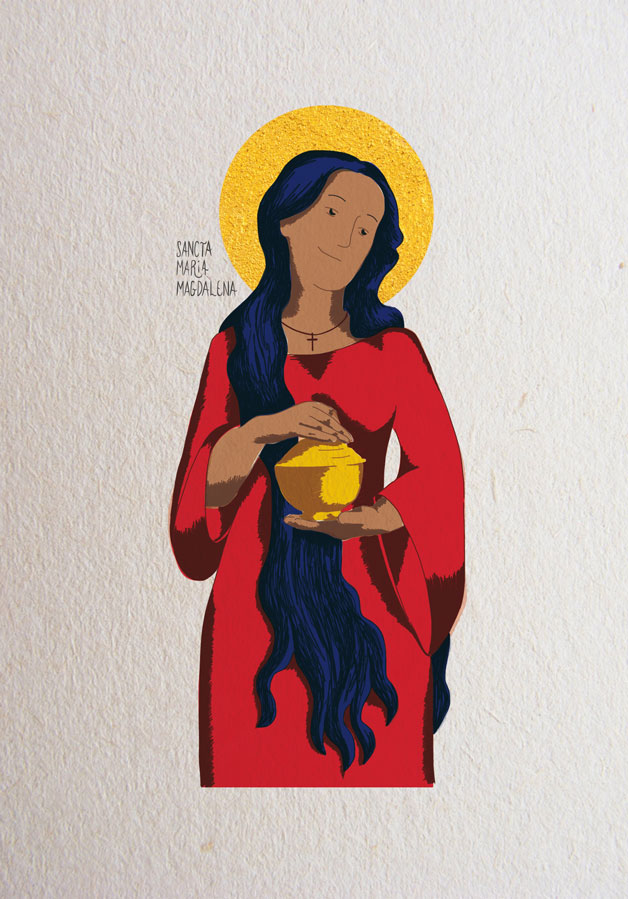

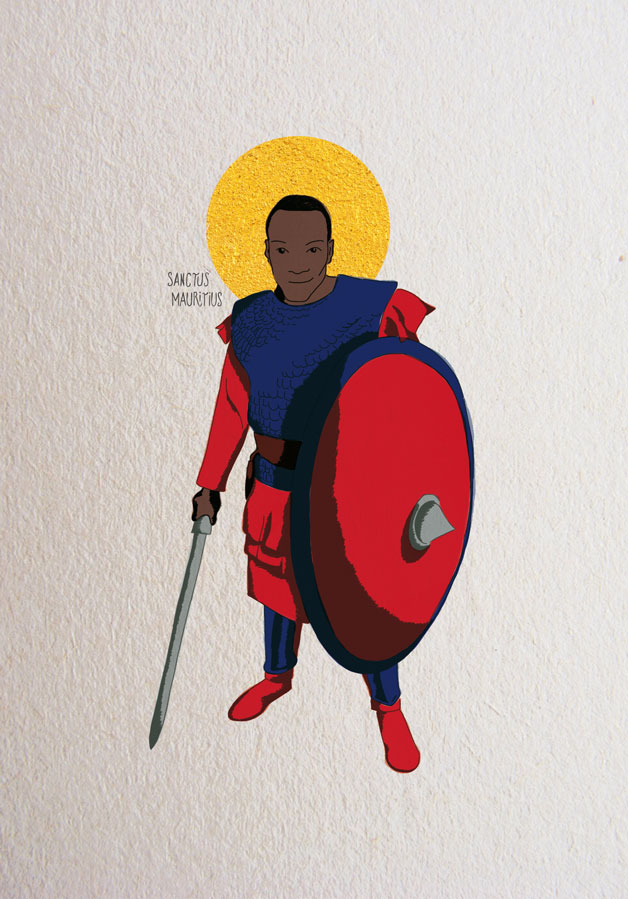
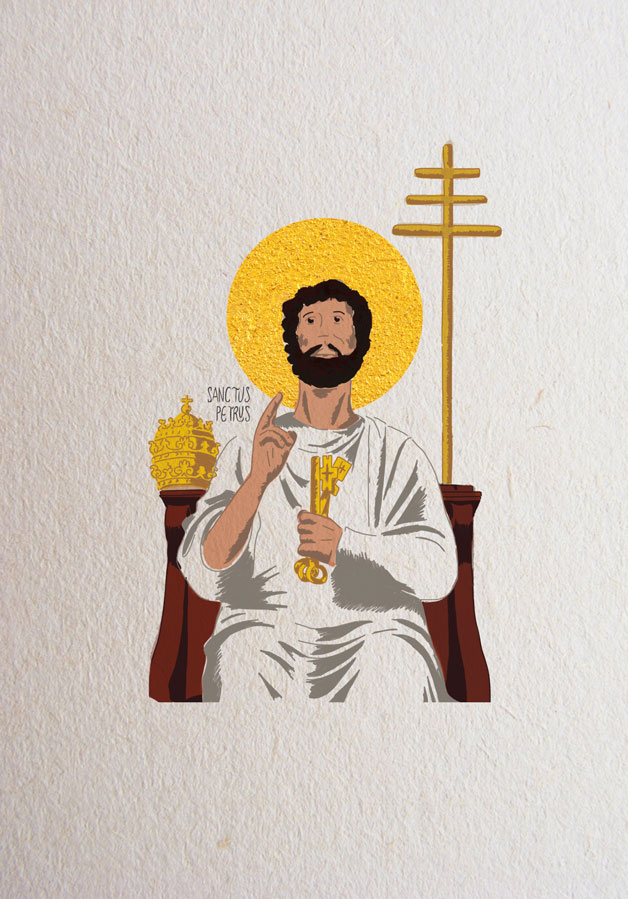

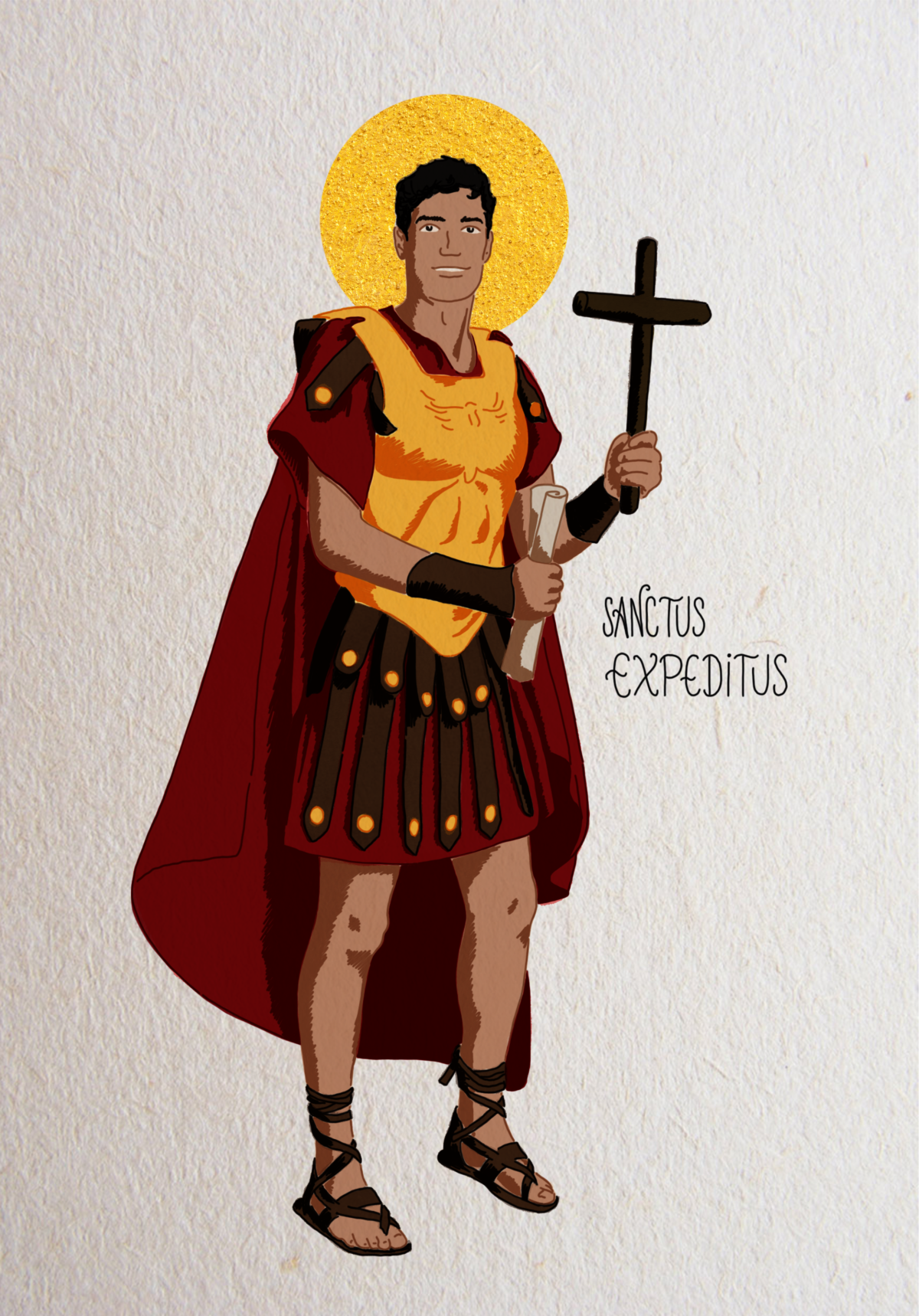

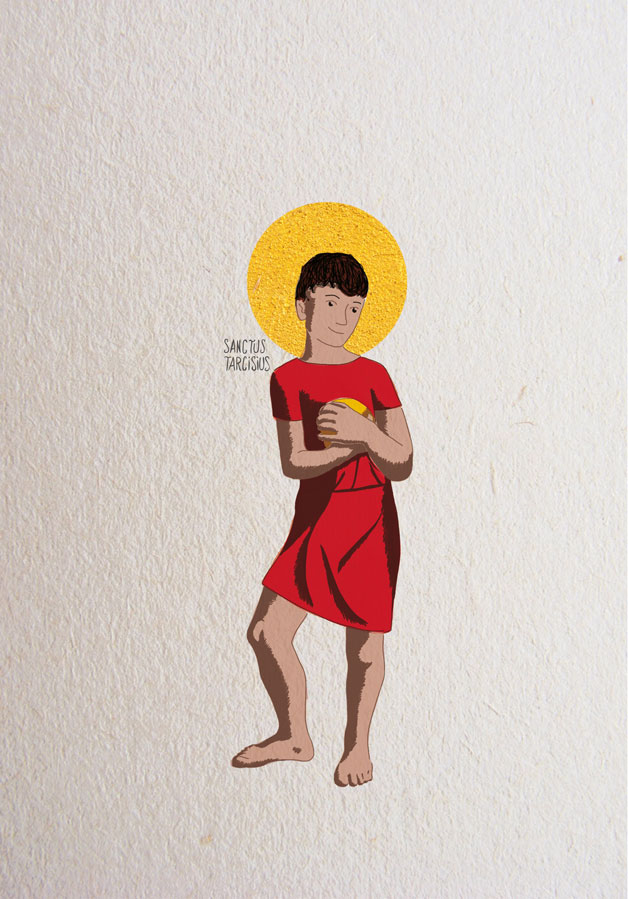
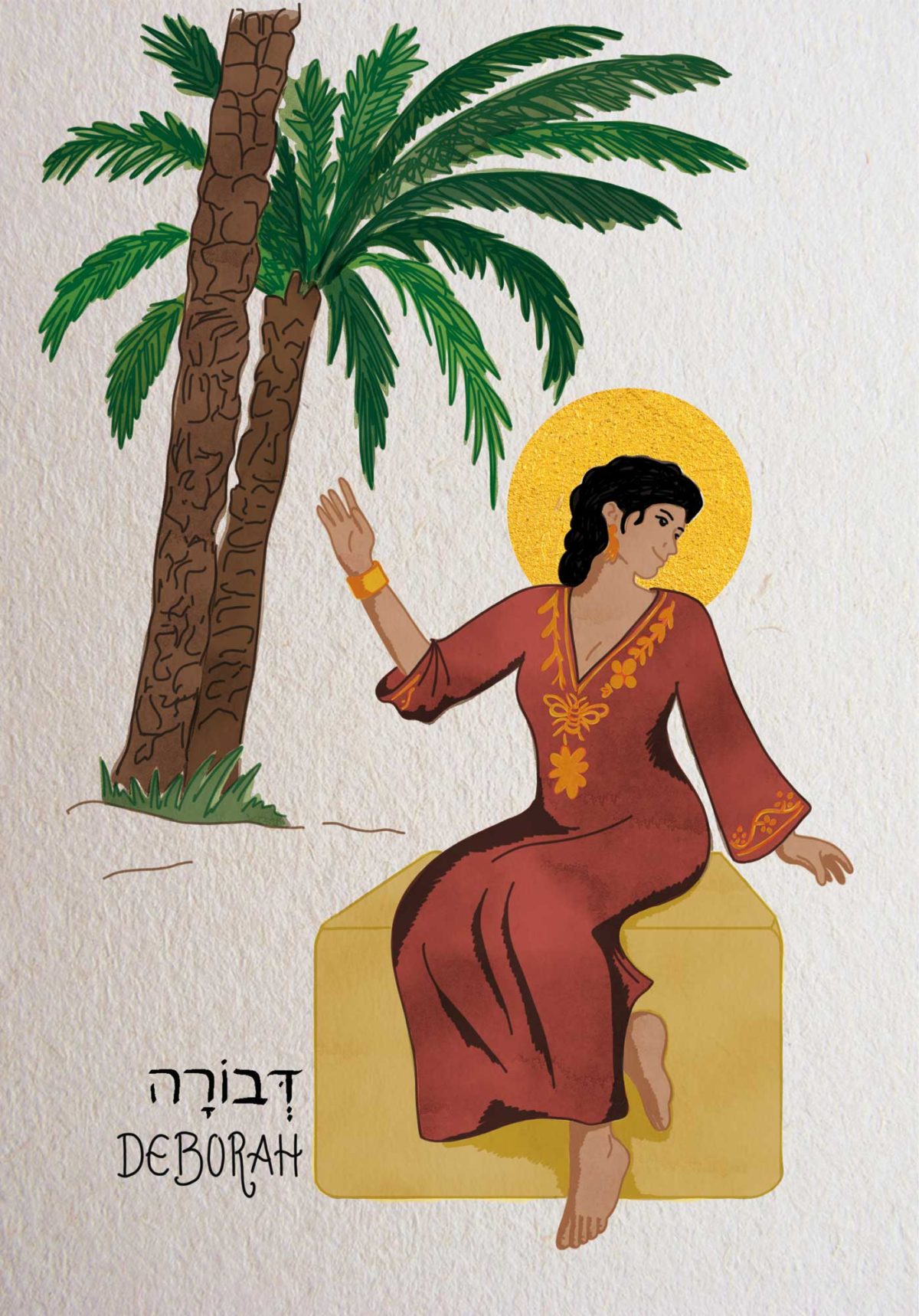
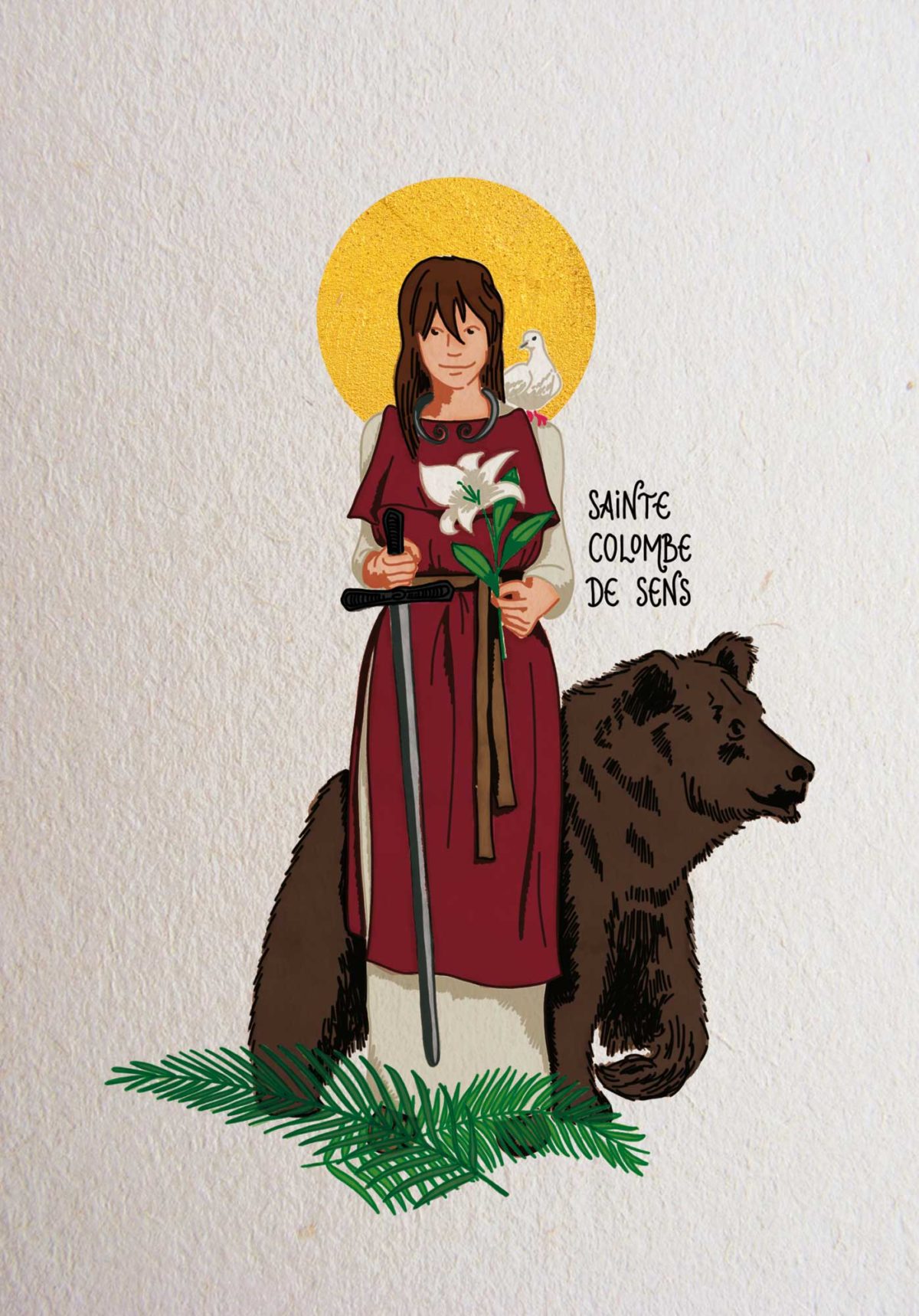
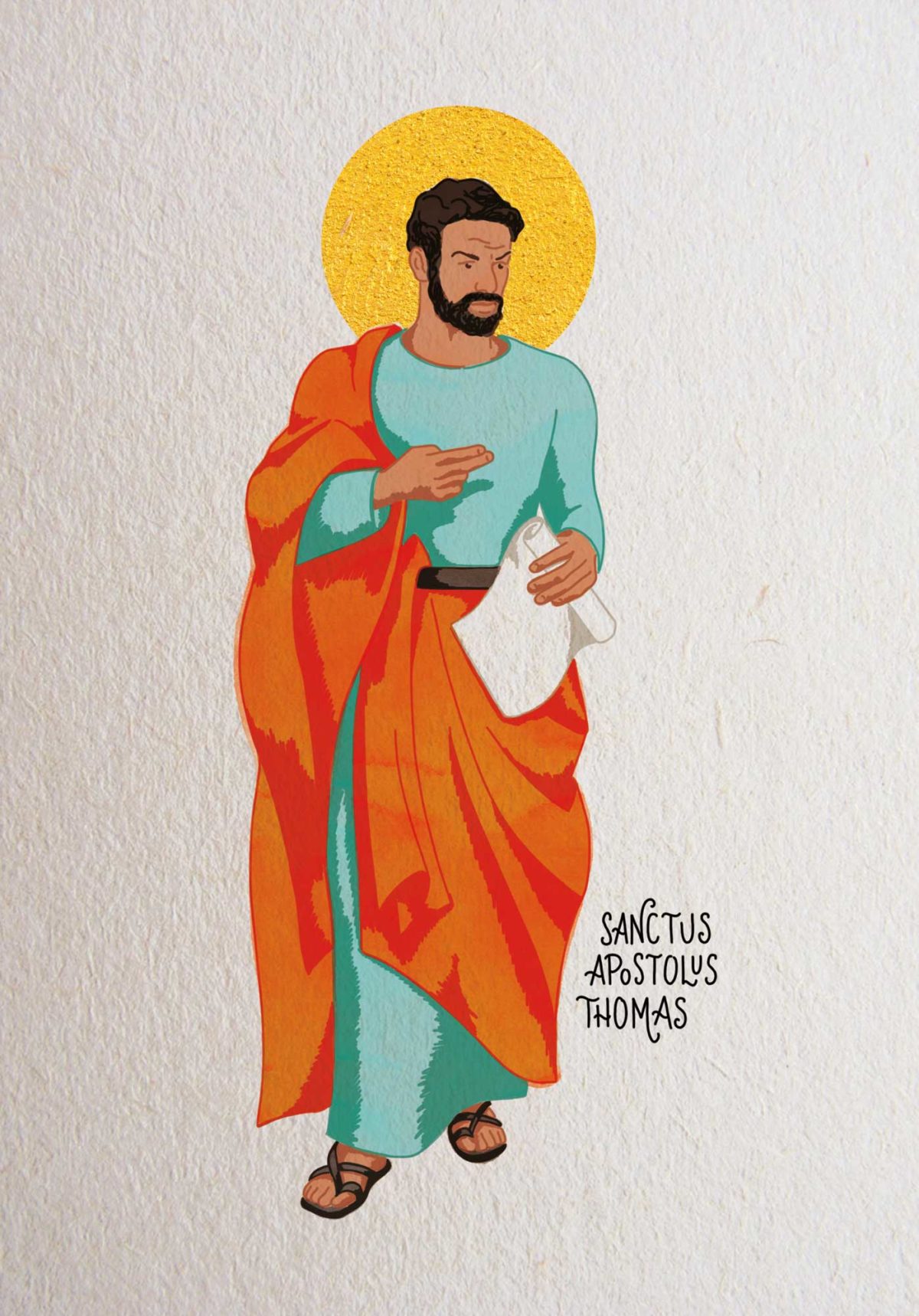
• Gabriel is a character from the Book of Daniel which is part of the Hebrew Bible and the New Testament, called Cebrail in different cultures, he appears under the name of Djibril in the Koran. It is about an archangel, considered as a messenger of God. It is also called “the strength of God”, because in addition to being the most powerful of angels, he is also the lord of angels.
• Barbe or Barbara or Barbarian (in Greek and Latin) is a saint celebrated on December 4 by the Orthodox and Catholics under the name of Saint Barbe.
• Sainte Blandine, known as of Lyon, is a young Christian slave from Lugdunum (Lyon) who was martyred during the month of July 177 under the emperor Marc Aurèle.
• Christophe de Lycia, better known as Saint Christopher, is a saint of Christianity; he is considered the patron saint of travelers.
• Saint Catherine of Alexandria was very educated considering her sex and her age: at 18 she converted several philosophers who had been commissioned by the emperor to make her renounce her faith.
• Geneviève (born in Nanterre around 420, died in Paris around 500) is a French saint, patron saint of the city of Paris, of the diocese of Nanterre and of the gendarmes.
• Georges de Lydda (c. 275/280 – April 23, 303), Saint George, is a fourth century martyr, according to the continuing tradition of the Catholic Church and the various Orthodox Churches. He is mainly represented as a knight who defeats a dragon and thus acts as an allegory of the victory of the Christian faith over the demon or more broadly of good over evil.
• Jérôme de Stridon or Saint Jerome, born around 347 in Stridon, on the border between Pannonia and Dalmatia (in present-day Slovenia or Croatia), and died on September 30, 420 in Bethlehem, is a monk, translator of the Bible, Doctor of the Church and one of the four Fathers of the Latin Church.
• James of Zebedee or James the Greater or Saint James is a Jew from Galilee and one of the Twelve Apostles of Jesus Christ. Named “James, son of Zebedee” in the New Testament, he is the brother of the apostle John. Both are fishermen from Lake Tiberias. He would have been buried in Spain in Compostela where his tomb became the goal of a famous pilgrimage.
• John the Baptist or John the Baptist, is a major figure in Christianity and Islam. Historically, its existence is attested by a passage from Flavius Josephus, he was a Jewish preacher in the time of Jesus of Nazareth. The Gospel according to John locates the activity of the Baptist on the banks of the Jordan and in Bethany beyond the Jordan. In Christianity, John the Baptist is the prophet who announced the coming of Jesus of Nazareth. He baptized him on the banks of the Jordan, leaving some of his disciples to join him.
• Saint Joseph, husband of the Blessed Virgin Mary. He was the righteous man, from the family of David, who served as a father to the Son of God, Christ Jesus, who wanted to be called the son of Joseph and was submitted to him as a son to his father. The Church venerates in a very special way the patron whom the Lord has established over his whole family. (extract from the Roman Martyrologist)
• Jude (or Judas) (son) of James, also called Thaddeus, is one of the twelve apostles chosen by Jesus. His name appears in the lists of apostles in the Synoptic Gospels and in the Acts of the Apostles, but also in many subsequent sources. Liturgically Jude is celebrated – with Simon the Zealot – on October 28. Jude is considered one of the most commonly called upon saints. He is the patron saint of difficult or desperate causes for Christians, like Saint Rita de Cascia. He is recognized as the saint of hope. There are many prayers asking for the intercession of Judas Taddée to Christ.
• Laurent de Rome was born between 220 and 225 in Osca (today Huesca, Aragon, Spain). He died a martyr on a grill, in 258 in Rome, as deacon of Pope Sixtus II.
• Lucia of Syracuse or Saint Lucia, virgin and martyr whose name is illustrated in the history of the Sicilian Church, came from a noble and very rich family of Syracuse. She suffered martyrdom at the beginning of the 4th century, during the persecutions of Diocletian. She is the patroness of the visually impaired, electricians, opticians, ophthalmologists, martyrs, traders, writers.
• Mary of Magdala, or Mary Magdalene, also called Mary the Magdalene in the Gospels, is a disciple of Jesus who follows him until his last days, attends his Resurrection and who gave birth to an important figure of Christianity. She is mentioned at least twelve times in the four canonical gospels, more than most of the apostles. The Gospel according to John, written at the earliest around 802, makes him the first person to have seen Jesus after his Resurrection, charged with warning the apostles.
• Saint Martin de Tours, also called Martin the Merciful, born in the Roman Empire, more precisely in Savaria, in the Roman province of Pannonia (present-day Hungary), in 316, and died in Candes, in Gaul, on November 8, 397, is one of the principal saints of Christendom, incarnating charity for having shared even its mantle with the poor.
• Maurice d’Agaune or Saint Maurice and his Coptic companions from Thebes (Theban soldiers), martyrs of Valais, are Christians who died for their faith under the emperor Diocletian at the beginning of the 4th century (around 303).
• Peter is one of the apostles of Jesus, he is considered by the Catholics as the first Pope.
• Sara the black (Sara e Kali in the Romani language) is a saint venerated by the Rrom community in Saintes-Maries-de-la-Mer in the Camargue. A legend makes her the servant of the honored Maries in Provence. Another legend holds her for a pagan of high birth, converted to the Christian religion.
• Saint Tarcisius, martyr, and buried in Rome, in the cemetery of Callistus on the Appian Way, in the 3rd century. As reported by Pope Saint Damasus, while Tarcisius carried the sacrament of Christ, he wanted to prevent the Eucharist from being profaned by the furious crowd of pagans and preferred to be stoned to death rather than deliver holy things to dogs. . (extract from the Roman Martyrologist) He has been the patron saint of altar servers ever since.
• Saint Expedit is a saint whose existence is widely disputed, but whose cult has taken root so quickly and deeply in the Christian population that the ecclesiastical authorities have given up on banning it. He is invoked in urgent situations, or in the areas of message transmission.
• Sainte Colombe de Sens, martyred under Emperor Aurelian in 274.
• Deborah, judge and prophet of the Old Testament.
• Saint Thomas,unbelieving apostle of Jesus Christ.